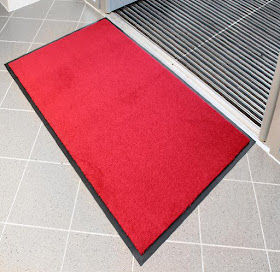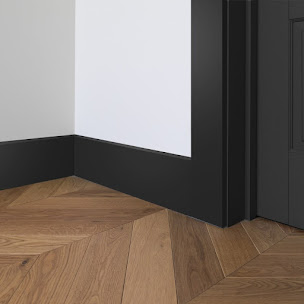How to Choose a Style of Anti Slip Floor Mats?
Anti-slip Floor Mats are unique mats made to offer grip and stop slipping mishaps in a variety of settings. These are frequently utilized in places like kitchens, restrooms, entryways, workplaces, and outside areas where there is a higher danger of slips, trips, and falls. These mats are often constructed from tough materials with strong anti-slip qualities, such as rubber or vinyl. These have surfaces that are textured or patterned to improve grip and keep people from falling. Even in high-traffic areas, the mats are kept firmly in place on the floor by their non-skid backing.
Anti-slip floor mats are specially designed mats that provide traction and grip to prevent slips, trips, and falls. These are commonly used in various settings, including homes, offices, commercial establishments, and industrial environments, to enhance safety and reduce the risk of accidents.
To Choose a Style of Anti-Slip Floor Mats :
Environment: Assess the specific environment where the mats will be used. Determine if it's indoors or outdoors, wet or dry, or exposed to oils, chemicals, or extreme temperatures. Different environments may require different mat materials and features.
Slip Resistance: Look for mats with high slip resistance. Consider the level of traction needed based on the potential risk of slips and falls in the area. Mats with textured surfaces, raised patterns, or rubberized backings typically offer better slip resistance.
Material: Choose a material that suits your needs. Rubber mats are commonly used for their durability, water resistance, and resistance to oils and chemicals. Vinyl mats are easy to clean and maintain. Carpet mats provide a softer surface and can be used in offices or residential areas.
Size and Shape: Measure the area where the Anti Slip Floor Mats will be placed to ensure a proper fit. Mats are available in various sizes and can be purchased as individual mats, rolls, or interlocking tiles. Consider the shape and layout of the space to determine the best mat configuration.
Thickness and Cushioning: Determine the desired thickness and cushioning based on the comfort requirements. Thicker mats offer more cushioning and support, which can be beneficial in areas where individuals stand for long periods, such as workstations or kitchens.
Maintenance: Consider the ease of maintenance and cleaning. Mats that are easy to clean and maintain will save time and effort. Look for mats that are stain-resistant, mold-resistant, and can be easily wiped or hosed down.
Aesthetics: While safety is paramount, you may also consider the visual appeal of the mats. Choose mats that complement the overall design and aesthetics of the space. Some mats come in various colors and patterns, allowing you to find a style that matches your preference.
Standards and Certifications: Ensure that the mats meet relevant safety standards and certifications. Look for mats that comply with regulations and guidelines for slip resistance, fire safety, and other relevant standards.
Customization: If desired, consider whether the mats can be customized. Some suppliers offer options for adding logos, safety messages, or specific designs to the mats, allowing you to personalize them for your business or organization.
Features:
- Traction and Grip
- Safety
- Versatility
- Easy Installation
- Durability
- Hygiene
- Customization




Comments
Post a Comment